Minister of Culture Nikola Selaković stated today in Barcelona, where he is participating in the UNESCO World Conference on Cultural Policies and Sustainable Development – MONDIACULT 2025, that cultural heritage is the foundation of preserving the identity of a people and a vital resource for resilience in the future.
- Serbia
Get to know Serbia
- Citizens
Culture and science
Health services
Pension and disability insurance
- Business
Employment
Economy
- Media
- Government
- Contact
Keep in touch
Keepin touch
Whether you have a question, comment, suggestion or any problem in the purview of the government, send us your message and we will try to respond as soon as possible. If your problem is not in our purview, we will forward your message to the relevant institution.
Cultural heritage as foundation of preserving national identity
Selaković, speaking at the thematic panels “Culture, heritage and crisis” and “Culture and climate action”, pointed out the challenges that Serbia faces in this regard.
He recalled that since 1999 in Kosovo and Metohija, more than 10,000 icons and liturgical items, as well as 150 churches and monasteries, many dating from the late 12th, 13th and 14th centuries, have been stolen, completely destroyed or desecrated.
He explained that culturicide takes place in three stages, the first being the destruction of culture, with physical destruction, prohibitions and similar actions serving merely as a prelude to genocide and ethnic cleansing.
According to him, the second stage is falsification of history and erasure of culture, the result of which is cultural cleansing, while the third stage is the theft of the victim’s culture, which constitutes historical cleansing.
The Minister emphasised that in Serbia’s case, all three stages occurred twice in the 20th century – first during the Second World War by the Nazi regimes, and the second time during the breakup of Yugoslavia – and that, unfortunately, the same is happening today in Kosovo and Metohija.
-
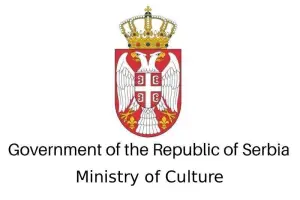 Belgrade, 10 November 2025
Belgrade, 10 November 2025Initiative to ban photo exhibition “Serbian Woman” attack on historic memory
-
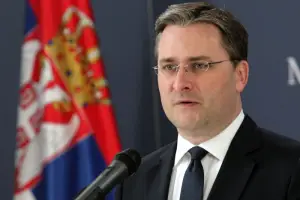 Belgrade, 8 November 2025
Belgrade, 8 November 2025Croatia obliged to respond adequately to emergence of hatred, extremism against Serbs
-
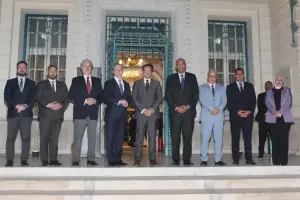 Belgrade/Cairo, 3 November 2025
Belgrade/Cairo, 3 November 2025Culture as foundation for enhancing overall relations between Serbia, Egypt
-
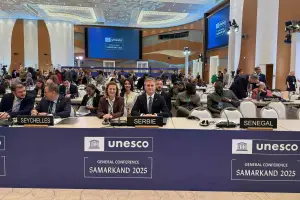 Belgrade/Samarkand, 31 October 2025
Belgrade/Samarkand, 31 October 2025Serbia’s continued commitment to preservation of cultural heritage
-
 Požarevac, 24 October 2025
Požarevac, 24 October 2025Strengthening cooperation with Cyprus in field of cultural heritage protection
-
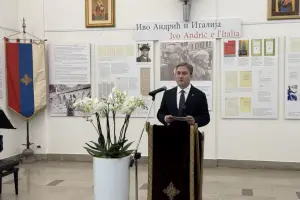 Belgrade/Trieste, 18 October 2025
Belgrade/Trieste, 18 October 2025Exhibition on Ivo Andrić in Trieste new bridge of cultural cooperation with Italy
-
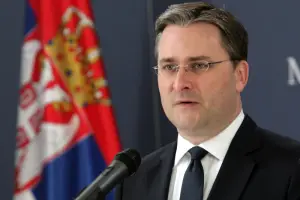 Belgrade, 7 October 2025
Belgrade, 7 October 2025Condemnation of marking Serbian cultural heritage as Albanian
-
 Belgrade/Osaka, 5 October 2025
Belgrade/Osaka, 5 October 2025Virtual promotion of Serbian tradition, culture in Osaka
-
 Belgrade/Barcelona, 29 September 2025
Belgrade/Barcelona, 29 September 2025Cultural cooperation between Serbia, Azerbaijan to further strengthen overall relations
-
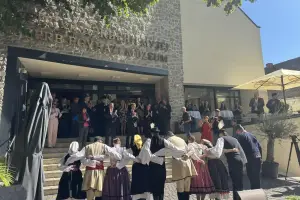 Belgrade/Szentendre, 22 September 2025
Belgrade/Szentendre, 22 September 2025Deepening cultural cooperation with Hungary

